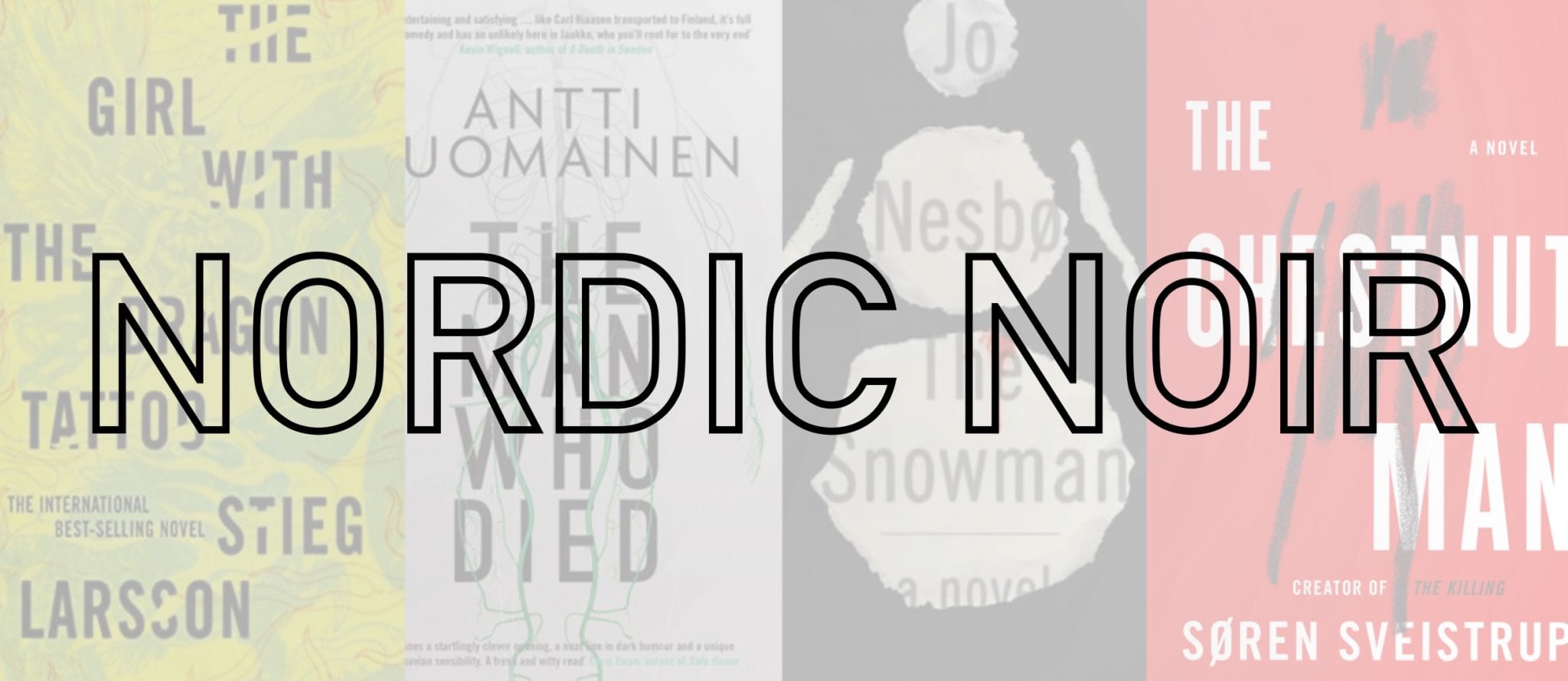Be advised: Nordic Noir is not for the faint of heart. What sets it apart from other sub-genres of crime fiction is just how consistently bleak it is. The focus is almost exclusively centered on the darkest parts of humanity, with the journey towards justice often offset by brutal acts of violence and unimaginable cruelty, usually towards women.
The protagonists – brooding, morally ambiguous detectives with their own emotional traumas – conduct their investigations in perpetually bleak Scandinavian settings, regardless of whether the story takes place in the remote wilderness or a bustling metropolis. Reading such a genre often feels like viewing the world in greyscale; a side-effect of the heavy atmosphere and mundane day-to-day aspects of police work that dominate each investigation.
What brought the genre to the fore was the 1991 publication of Henning Mankell’s Faceless Killers, which introduced readers to small-town Swedish police detective Kurt Wallander. The plot follows Wallander’s investigation into the brutal murder of an elderly couple, and the fallout the case causes when the woman’s last word – “foreign” – is leaked to the press. By using the Wallander series to comment on social issues at the time, Mankell set a precedence within Scandinavian crime fiction that would see serious issues and taboo subjects become the foundational building blocks of the genre.
These days, the two biggest titans of Nordic Noir are undoubtedly Stieg Larsson and Jo Nesbø. Larsson’s Millennium series – with over 100 million copies sold worldwide as of May 2019 – is one of the best-selling book series in print history. The first instalment, The Girl with the Dragon Tattoo, follows investigative journalist Mikael Blomkvist and brilliant but troubled hacker Lisbeth Salander, who are tasked by a wealthy business tycoon with solving a 30-year-old family mystery. With commentary on Sweden’s Nazi past, the effectiveness of its state-appointed legal guardian system, and the prevalence of sexual assault and violence in the country, the Millennium series made readers around the world sit up and take notice of Nordic Noir – and rightly so.
As Larsson’s Norwegian counterpart, Jo Nesbø is most well-known for his Harry Hole (pronounced “hoo-leh”) series, which follows the titular character throughout his career with the Oslo Crime Squad. As a result of his frequent dealings with serial killers, organised crime, and state corruption, Hole embodies the archetypal Nordic Noir detective: cynical, engaging in problematic and sometimes illegal behaviour on cases, and locked in a constant battle with his own deteriorating mental health. This comes to a head for Hole in The Snowman, which follows him on the trail of Norway’s first known serial killer in one of his most traumatic cases to date. Nesbø delivers on suspense time and again, and the care with which he’s crafted such an introspective protagonist has set the standard in the genre, and seen Nordic Noir become renowned for delving deep into the psychology of its central characters.
These three writers are just some of many who have helped to define Nordic Noir as a genre, and have inspired a surge of new talent in recent years from all five of the Nordic countries.
Søren Sveistrup’s The Chestnut Man follows a killer with a particularly sinister modus operandi, and whose calling card takes the form of a little figurine made of chestnuts – one of which is found to be carrying the fingerprint of a Danish government minister’s missing daughter. Though The Chestnut Man appears to initially follow in the footsteps of similar works, the influence of the author’s screenwriting background soon shines through. Its fast pace and vivid setting descriptions place it firmly in a league of its own, and make The Chestnut Man the perfect venture for fans of gritty TV dramas.
Ragnar Jónasson weaves a similarly gripping narrative in The Darkness, the title of which perfectly emulates the inhospitable Icelandic landscape where this tale takes place. Jónasson brings something new to the table with aging Detective Inspector Hulda Hermannsdóttir, who – on the eve of her forced retirement from the Reykjavik police – is given the opportunity to spend her final days looking into a cold case of her choice. Whilst determined to discover what caused the suspicious death of a Russian asylum seeker the year before, Hulda must also come to terms with her own dark past in the face of the imminent end of her career. The climax of this thriller makes for a refreshing change of pace, and delivers the kind of shock factor that makes you flick between the end of the final chapter and the epilogue in disbelief at what you’ve just read.
Though not typical of the genre as a whole, dark humour has become the signature of Finnish author Antti Tuomainen, whose unusual book The Man Who Died follows Jaakko Kaunismaa, a mushroom entrepreneur who discovers someone has been slowly poisoning him to death. Determined to catch his own murderer before he dies, Jaakko grows increasingly suspicious of everyone in his life, guzzles litres of full-fat Coca Cola to power his weakened body, and inadvertently kills someone with a samurai sword in one of the strangest death sequences I have ever read. The absurdity of some of the incidents in this book should, by rights, diminish some of its credibility, but Jaakko is so likable and relatable a narrator that it only increases this book’s inherent appeal. ‘Weird and wonderful’ has never been more accurate a description.
Further Reading:
I’m Travelling Alone by Samuel Bjork
The Witch Hunter by Max Seeck
The Absolution by Yrsa Sigurðardóttir
The Sandman by Lars Kepler
Words by Rebecca Harrison
Want more Books content from us? Click here!
